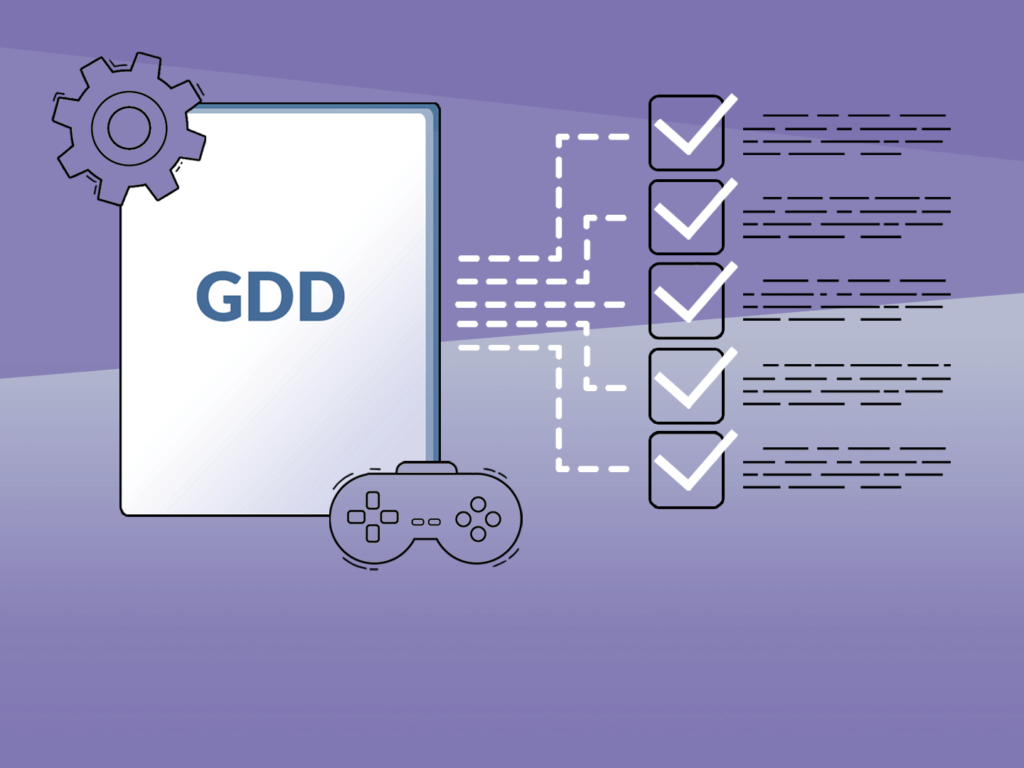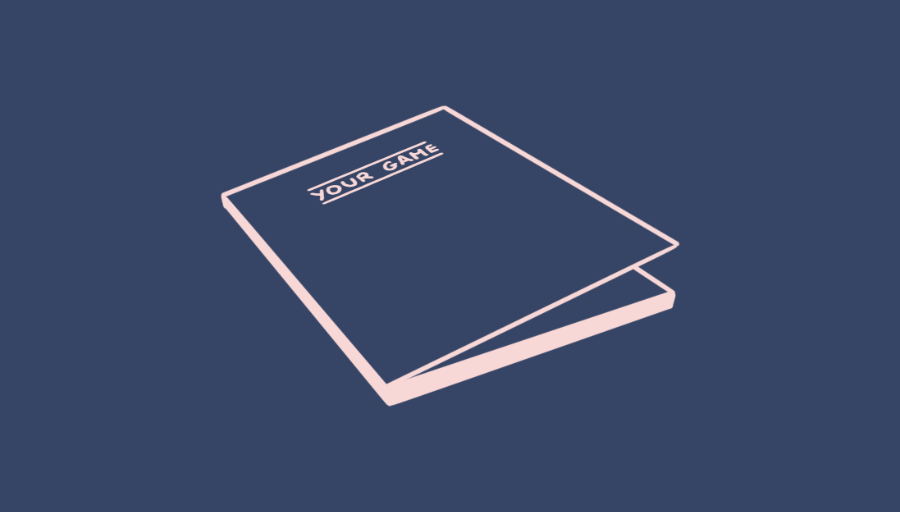Table Of Content

If your game is a specific genre, or a hybrid of genres, lay it out clearly. Whether you're working alone or on a team, having thoughts exist in hard-copy formats outside of our individual heads is useful. People forget things all the time, and when you're working on something as complex as a game, it's always best to have a backup copy of information, plans, and more. Creators of Social Games in which a group of players form a micro-community where members play together as a tribe to accomplish goals. We want to bid on your game, of course, and we hope going with us is a no-brainer once you see our value proposition. But you're free to pass the document to other places for competing bids, as well.
Let’s start a project together!
The sound section of a GDD should delineate the game’s musical style and any specific themes or motifs that need to be incorporated. Detailed notes and sketches are essential to establish the identities and roles of the characters in the game. A character web that illustrates their relationships could be included in cases involving multiple characters. Visual representations are crucial in conveying the characters’ personalities and interactions within the game. Not every game has characters—but if your game does, it's useful to have notes and sketches here for who they are and how they'll feature in the project.
Nuclino: Your team's collective brain
Visual aids will also allow you to keep your ideas structured as your GDD grows and accumulates details. Use the graph view in Nuclino to get an instant visual overview of the whole game design document with all of its interconnected elements clustered by topic. In the early days of video games, GDDs would typically be huge physical documents, often hundreds of pages long and covered in scribbled notes from producers, developers and designers. As technology evolved, and bigger-budget games meant larger teams and agile work environments, video game design documents have become more flexible. Traditionally, GDDs have been detailed, 100+ page documents, which tried to explain every detail of the game up front. As the game development process became more agile, the approach to documentation evolved as well.
How to write a game design document — with examples and template
However, you will probably have a working title, you’ll know what the gameplay or the story might involve and you’ll know what your design pillars, the cornerstones of how your game feels to play, will be. As a result, you may want to use your GDD to explain who the product will be for, how it will make money, how well other games you’ve made have done and importantly, what level of social interest this project is already getting. It might also include a couple of the game’s main mechanics or controls, so that someone could easily understand what the game is going to be like to play.
Before You Start: Helpful Tips And Tricks
When you picture a game design document, you might imagine a written file, such as a word document or a Google doc, that sets out all of your game’s design details in one, or more, pages. Typically, a game design document that is this detailed would act as a point of reference for how everything works in the game, what each level should look like and which controls the player will use to actually play it. A game design document that’s marketing focussed might include information that a potential investor or publisher might want to know before considering your project for investment. The idea is that a basic one-sheet game design document can be used to quickly communicate what your game is about in a concise way, and it’s typically what you’d give to anyone involved in the early stages of your project.
Put simply, the process of documenting your design can be an important part of the design process itself. Put simply, it’s the tool that you’ll use to manage and develop the concept of what your game is, how it’s supposed to work and how it will be built. Mention in particular how they figure into the game itself, and the way the player will perceive them initially vs. once they get to know them. A proper User Interface should be clear, easily accessible, and in sync with the chosen art style.
Gameplay Mechanics
As a result, they start making multiple mistakes and need clarification on their duties and workflow. To help you get rid of this, here’s a helpful design document example you can refer to while working on your own. In this part, you provide designers and artists with instructions and detailed guidelines on what kind of art you want to see in the game. Of course, you should also leave room for creativity and make sure your team’s vision aligns with your expectations. Emphasize what mood and emotions you’re looking at as well — this shouldn’t be just a strict list of requirements.

Now that your Game Design Document is complete you (and your team) have a fully fleshed-out plan for your game. Remember, creativity and inspiration are constantly evolving so come back and add to it when inspiration strikes. Finally, mention the platforms your game will be available on, since that will of course influence both technical and design considerations. That said, with a good HL-GDD we can at least get to work scoping out the real cost of your title.
What to read next
You must constantly update and adjust it, adding new relevant ideas and solutions. You’ll get to finalize it once you gather enough information about the game — it usually happens after pre-production. This section could also mention any third-party software, plugins, or middleware that your game will use. Examples might include physics engines, AI systems, UI systems, or audio tools.
Q&A: Get to know the STEM Video Game Challenge - Australian Council for Educational Research
Q&A: Get to know the STEM Video Game Challenge.
Posted: Tue, 23 Apr 2024 04:06:15 GMT [source]
Provide short descriptions of their backgrounds, motivations, and roles in the story. Flesh out the game world by describing the game’s setting, key locations, history, and lore. Your GDD will also be read by stakeholders — people who aren’t on the dev team, but care about the project’s success. Stakeholders include people like marketing managers, investors, advisors, publishers, and other groups involved with supporting and selling the game. After thinking about all this you may feel you really need to prototype and try some ideas out before you can figure out your larger vision. While some folks are excellent writers and can convey detail in a crisp manner, most folks tend to ramble on when trying to get into the weeds and they wind up creating a bramble of ambiguous thorniness.
It’s a living document, so your first draft doesn’t have to be great — just get started, and you can refine it over time as you have more ideas. Nuclino can serve as a lightweight game documentation tool, a game development planner, an internal wiki, and more. You can create real-time collaborative docs, allowing you to document, share, and collaborate on anything, from game proposals and storyboards to character profiles and concept art. But it doesn't mean that game design documentation has become obsolete – it has merely evolved. When thinking of a game design document, you might picture a giant 100-page word file, neatly organised into sections with links to chapters on marketing, mechanics, characters and the game’s story. These tools are just a starting point for the development process, ensuring a solid foundation for the final product.
A Game Design Document can be an invaluable tool for hypercasual studios - Pocket Gamer.Biz
A Game Design Document can be an invaluable tool for hypercasual studios.
Posted: Tue, 12 Jul 2022 07:00:00 GMT [source]
If your game will have dedicated level designers, be sure to have them help with this section. Like the Story section, the Art and Sound section is usually an overview or summary of the general direction. If your project has artists, game music composers, and sound designers, then those groups will do most of the heavy lifting by writing more detailed, specialized documents for their own areas. But this section of the GDD can be great to kick off early discussions, and to summarize the larger documents from other groups as they’re developed.
However — and I cannot emphasize this enough — the most valuable part of writing docs is the chance to boil down all of your wild ideas into the essential parts you need to actually START the game development process. Even though GDDs are among the critical components in the game development cycle, their role might have shifted slightly over the years. The thing is, information stored in a game design document can be redundant unless well-formatted. It’s important to remember that lots of people from many different disciplines may refer to a GDD — from artists and level designers, to engineers, composers and even the marketing team.
No comments:
Post a Comment